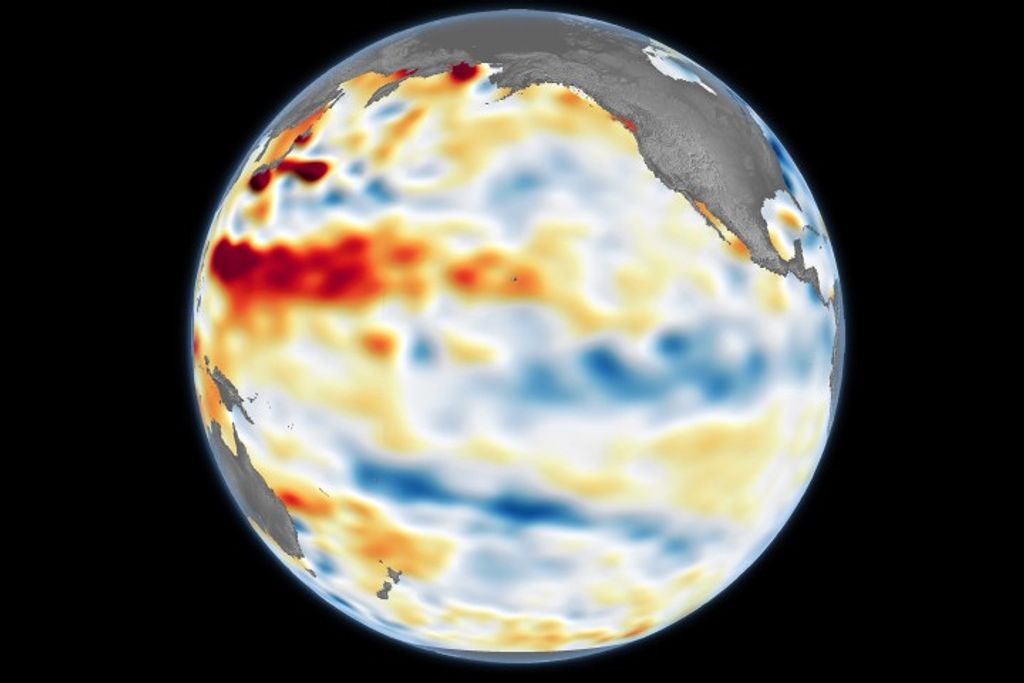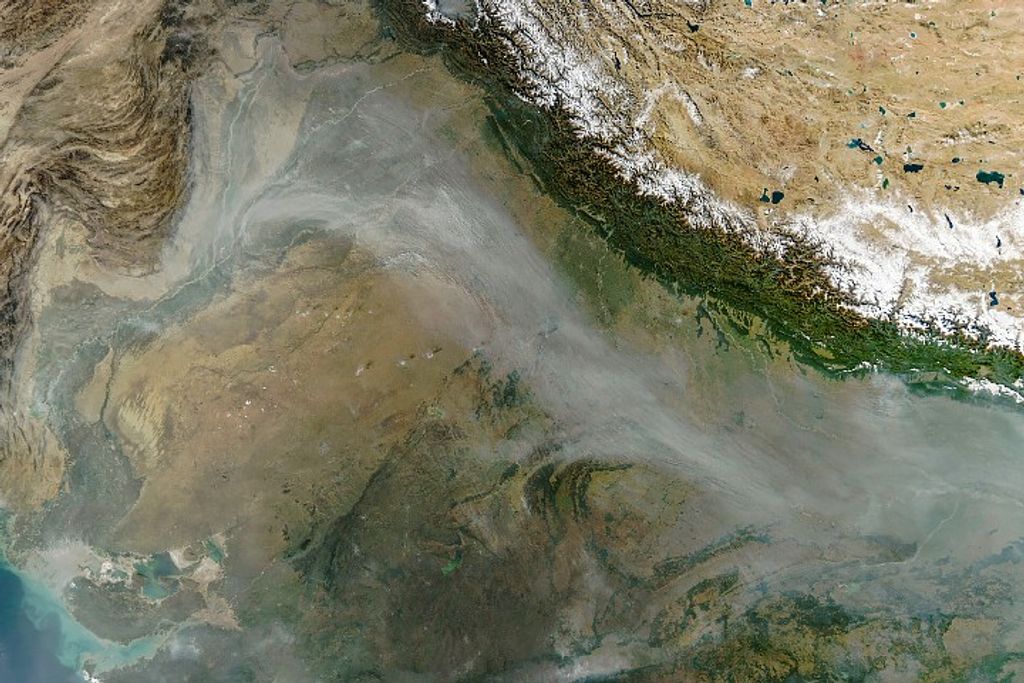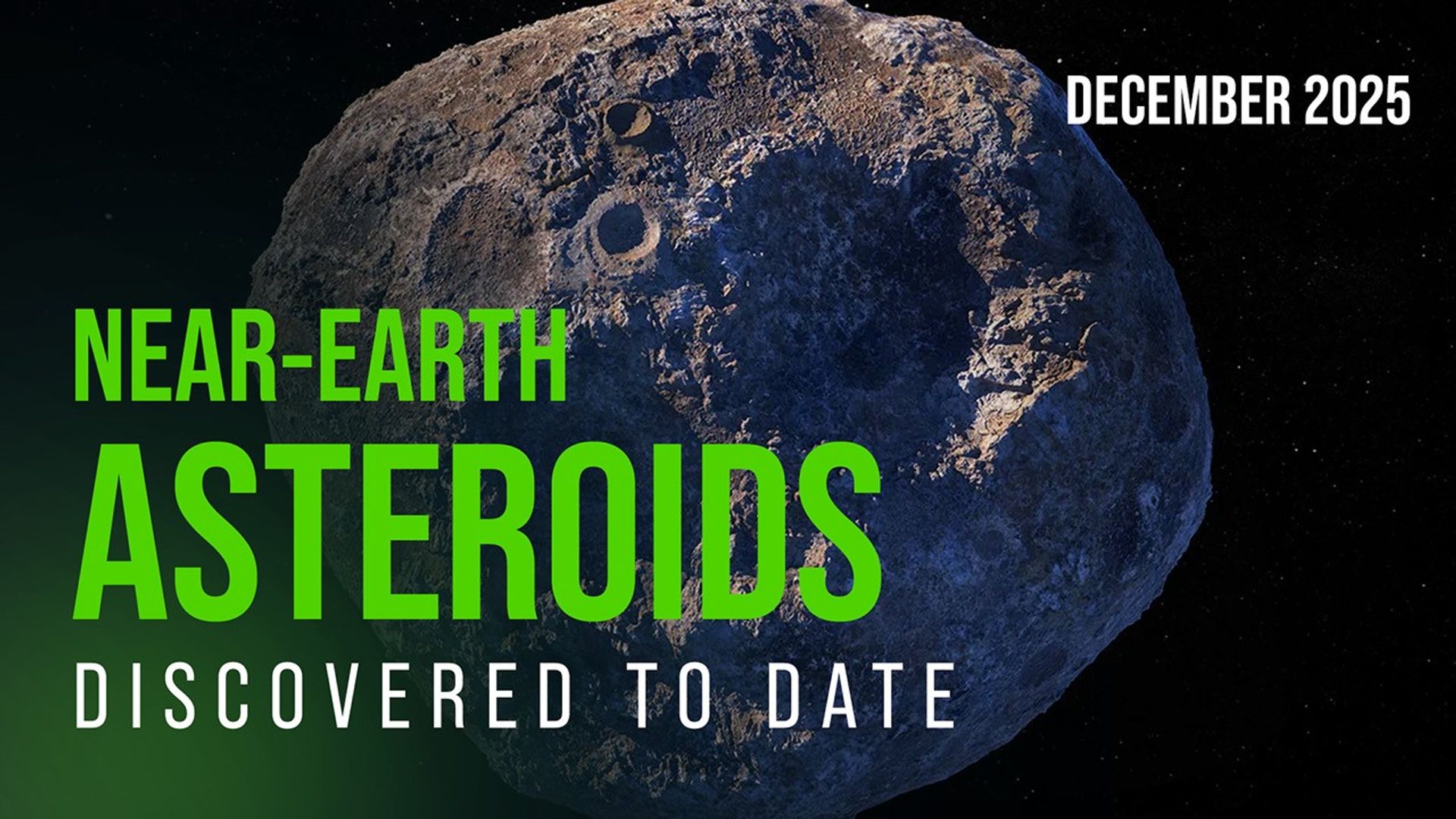For a beautiful sky show, go for a sunset walk on March 18th. You’ll need an unobstructed view of the western horizon for the evening’s treat so climb a hill, see if you can catch a glimpse from the top of a parking garage or perch on a balcony.
Gaze westward toward the faint remaining glow. About a half hour after sunset, just to the left of ever-resplendent Venus, an eyelash sliver of Moon will appear. The Moon will be hovering less than 8 degrees, about the width of your fist at arm’s length, above the twilight horizon. Look closely, and you can also pick out Mercury about 4 degrees, less than the width of three fingers at arm’s length, to the right of Venus.
(A word to the wise: Don’t wait too long after sunset, or you’ll miss the show, as this trio will set a little more than an hour after sunset.)
You might need binoculars to view this lovely lineup of three. But if you have very clear skies, especially if you’re in the northern latitudes, you might be able to see the threesome with the naked eye as twilight falls.
“The crescent Moon will look like a bowl or a smile nearly parallel with the horizon,” says Gordon Johnston, a Planetary Science Program Executive at NASA Headquarters in Washington, DC. “In traditional Hawaiian mythology, this is called a Wet Moon, with the bowl of the Wet Moon holding water and spilling it out later when the crescent Moon tips and the summer rains start. It is also called a Cheshire Moon, named after the smile of the Cheshire Cat from Lewis Carroll’s novel Alice’s Adventures in Wonderland.”
The Cheshire Cat can “disappear,” leaving only its smile behind. Don’t forget to look up on the evening of March 18th before this sky show of subtle beauty vanishes from view.
For more on viewing celestial objects both near and far, visit science.nasa.gov.

































